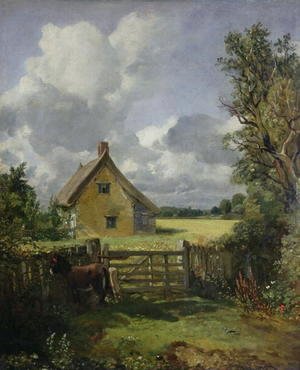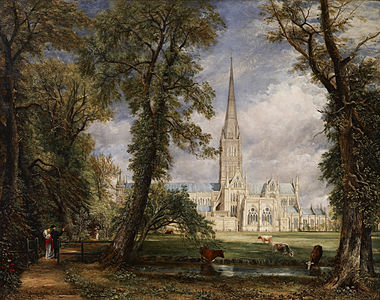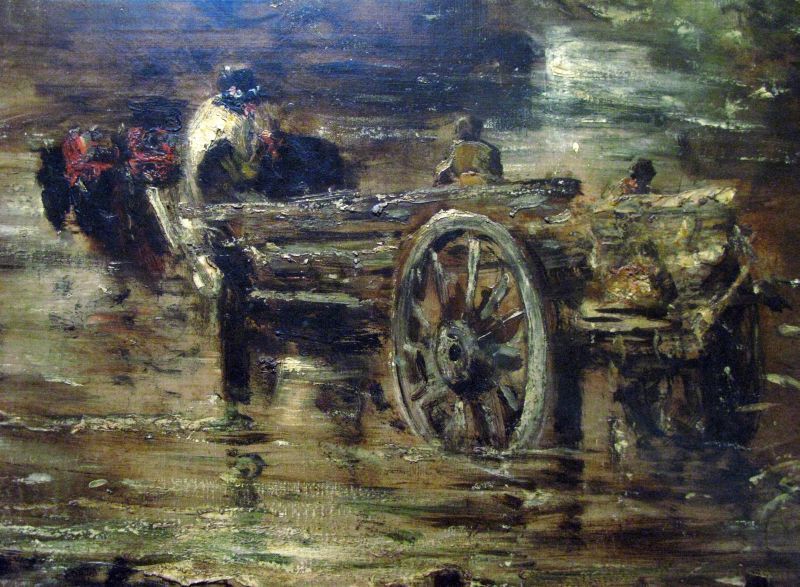-


 John Constable
John Constable
British
Artist
John Constable was an inspiring Romantic artist that changed the style for landscape artwork. He chose to paint his landscapes as seen in nature instead of the dramatized fashion that artists of that time used. He is best known for his richly colored, shimmering landscapes of the Suffolk countryside around his boyhood home. Alongside his contemporary J.M.W. Turner, Constable is considered one of England’s greatest landscape painters, influencing the Barbizon School and the French Romantic movement. His most famous paintings include Wivenhoe Park of 1816, Dedham Vale of 1802 and The Hay Wain of 1821.
John Constable was born in East Bergholt, a village on the River Stour in Suffolk. His father Golding was a wealthy corn merchant and owned several mills, along with a small ship that was used to transport corn to London. Constable worked in the family corn business after leaving school.
In his youth, Constable embarked on amateur sketching trips in the surrounding Suffolk and Essex countryside, which was to become the subject of a large proportion of his art. These scenes, in his own words, "made me a painter, and I am grateful"; "the sound of water escaping from mill dams etc., willows, old rotten planks, slimy posts, and brickwork, I love such things." He was introduced to George Beaumont, a collector, who showed him his prized Hagar and the Angel by Claude Lorrain, which inspired Constable. Later, while visiting relatives in Middlesex, he was introduced to the professional artist John Thomas Smith, who advised him on painting but also urged him to remain in his father's business rather than take up art professionally.
John Constable was fascinated by changing patterns of clouds, weather and light and he sought to capture these moments in his oil sketches. He worked with large, loose brushstrokes to create expressive representations which depicted an overall sense of what he saw rather than fine details. His sketches can be seen as an early precursor to the work of the Impressionists thirty years later.
Constable's legacy is apparent in the work of the Barbizon School, a group of French painters who worked to establish Realism in French landscape painting. His impasto style and his practice of direct observations from nature were developed by notable artists from this school such as Jean-Francois Millet and Jean-Baptiste-Camille Corot and later, by the Impressionists.
"I should paint my own places best", painting is but another word for feeling".
John Constable only sold 20 of his paintings in England during his life. France was more appreciative of his artwork and he sold a large amount of pieces there. Despite this, he held true to his country and did not consider any of the invitations to travel outside of England to promote his artwork. In fact, he wrote to Francis Darby stating, "I would rather be a poor man in England than a rich man abroad." Constable once wrote in a letter, "My limited and abstracted art is to be found under every hedge, and in every lane, and therefore nobody thinks it worth picking up"